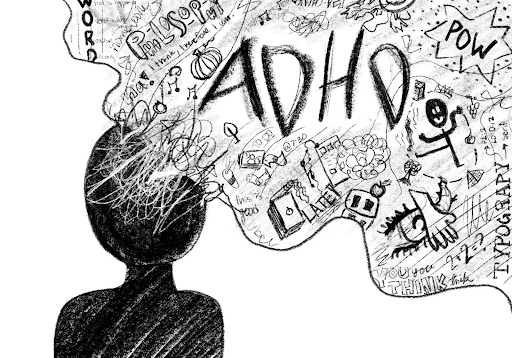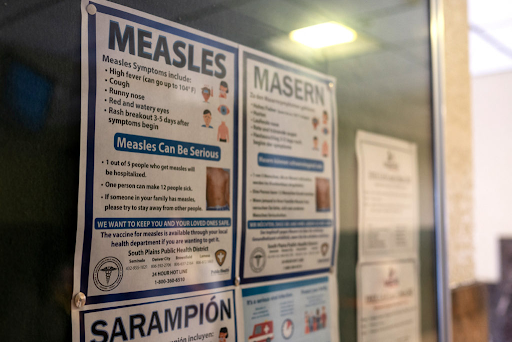When it comes to presenting or public speaking, people would often feel scared or anxious about it, but they still manage to push through anyway. However, for others, they may not be able to talk at all during this situation, almost like an automatic response. This is called Selective Mutism (SM), an anxiety disorder that usually develops in childhood around age five, often becoming noticeable when the child attends preschool or kindergarten. SM causes an individual difficulty when speaking in specific situations due to anxiety and fear. As an anxiety disorder, SM may overlap with other anxiety-related conditions along with lingering effects later in life. It is a rare mental condition that affects less than one percent of people. The disorder is less common in teenagers and adults, but it is still possible, and is found in women twice as much as it’s found in men. Anyone can benefit from diagnoses no matter the age.
The word “selective” does not mean that the individual is making the choice not to talk, they are unable to talk during certain situations. According to Cleveland Clinic, the disorder can show in two ways, one being that the person can talk, but in a limited way, and the other is that the person can not talk at all. People with SM may avoid social situations, speak very little to not at all, respond without words, freeze up and hide behind a trusted adult, mumble, whisper or speak very softly, and act out when anxious. Signs of SM in people who still talk include slowed or short-word responses, stuttering, whispering, and changing their individual voice.
Other disorders are not necessarily the causes, but people with SM are likely to have other disorders including social, separation and other anxieties, phobias, Autism Spectrum Disorder, and Post-Traumatic Stress Disorder. Some may also have SM if they have auditory processing disorders or learning delays. Social circumstances may also result in SM, including being bullied, traumatic events, abuse, family problems or immigrating to a place with a different primary language.
Like any disorder, symptoms will not go away completely, rather they will reduce, looking more like social anxiety disorder (SAD). Although SM is a lifelong condition, people can always seek help by receiving treatment. It is never too late.








